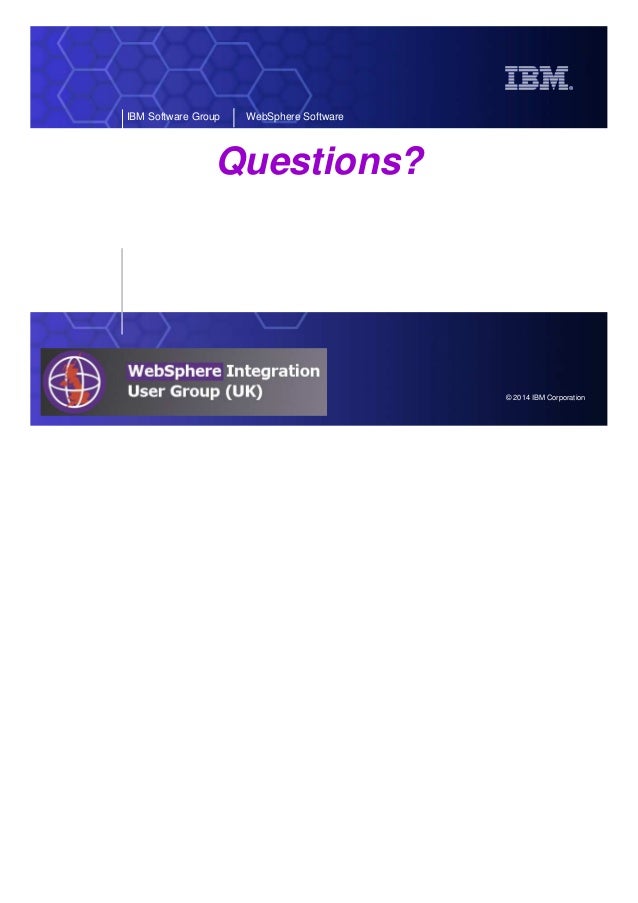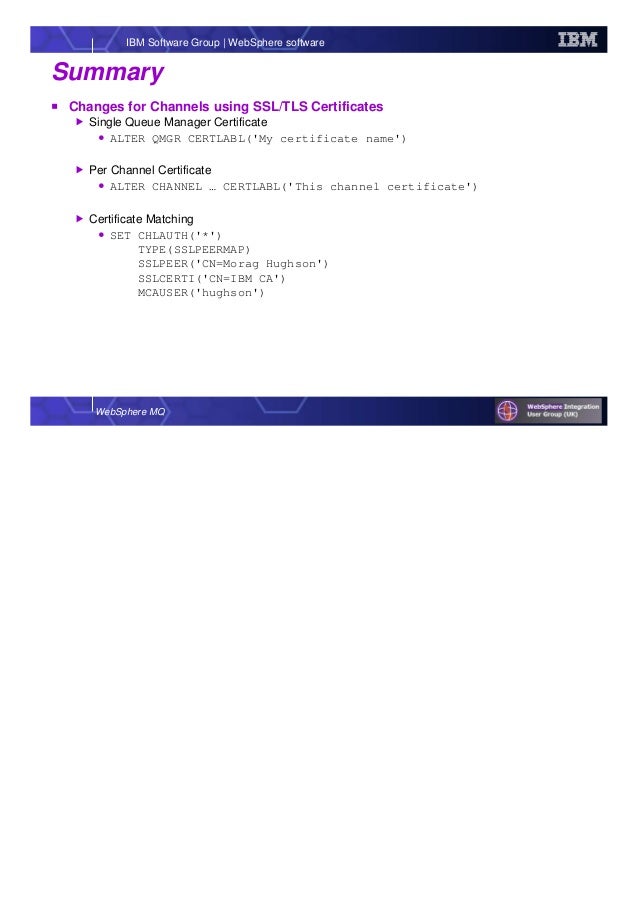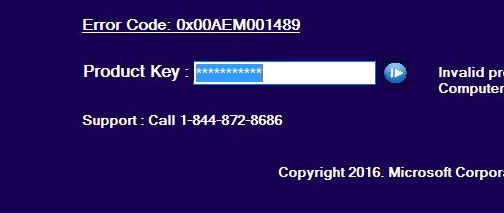

Through this element, you control access to all temporary destinations.

To control access to temporary destinations, you will need to add a element to the authorizationMap. Controlling Access To Temporary Destinations Messages cannot be forwarded from BrokerB to BrokerA if BrokerA has authorization enabled and BrokerB’s corresponding element’s userName has not been given the proper authorization credentials.Īlso, if BrokerA is given a element so that it can initiate a connection to BrokerB, then that must be given a userName/password combination that is defined in the element this is required even though BrokerB does not have authentication services enabled. If authorization has been enabled on BrokerA, then the userName assigned to the element must also have the proper authorization credentials. Note how BrokerB’s element must provide the proper credentials in order to connect to BrokerA.

In order for BrokerB to connect to BrokerA, the corresponding element in BrokerB's XML configuration file must be set up as follows. In other words, BrokerA has a element, but no elements. Authentication for BrokerB has not been enabled.Authentication for BrokerA has been enabled via the example element.The network of brokers comprises two brokers (BrokerA and BrokerB).For example, suppose that we have a network of brokers with the following configuration: If you have enabled authentication for a particular message broker, then other brokers that wish to connect to that broker must provide the proper authentication credentials via their element. Broker-to-Broker Authentication and Authorization If necessary, the use of advisories in this manner can be disabled via the watchTopicAdvisories boolean attribute of ActiveMQConnectionFactory and for a networkConnector, via the network connector staticBridge(5.6) boolean attribute. In addition, dynamic network connectors use advisories to determine consumer demand.
DELETE .MQ FILE SECURE FULL
Note that full access rights should generally be given to the ActiveMQ.Advisory destinations because by default an ActiveMQConnection uses destination advisories to get early knowledge of temp destination creation and deletion. Though note its very easy to write your own plugin. The following example shows these 2 plugins in operation. Queues/Topics can specified using the ActiveMQ Wildcards syntax. This allows you fine grained control over which new destinations can be dynamically created in what part of the queue/topic hierarchy You can lazily create the destination if it does not yet exist. You can browse and consume from the destination In ActiveMQ we use a number of operations which you can associate with user roles and either individual queues or topics or you can use wildcards to attach to hierarchies of topics and queues. You can also change username and group that will be assigned to anonymous users by using anonymousUser and anonymousGroup attributes.
DELETE .MQ FILE SECURE PASSWORD
You can use this username and password to authorize client’s access to appropriate broker resources (see the next section). Now, when the client connects without username and password provided, a default username ( anonymous) and group ( anonymous) will be assigned to its security context. To allow anonymous access to the broker, use anonymousAccessAllowed attribute and set it to true as shown above.

From 5.12 onward they only get reloaded if reload=true is set in your LoginModule configuration, e.g. So updates to users, password and groups were loaded immediately. Note: Until version 5.11.1, these property files got reloaded on every authentication request by default. Here is an example nfig which then points to these files If no system property is specified then by default the ActiveMQ JAAS plugin will look for nfig on the classpath and use that. Typically you configure JAAS using a config file like this one and set the .config system property to point to it. Refer to the documentation for more detail. The default JAAS plugin relies on the standard JAAS mechanism for authentication.


 0 kommentar(er)
0 kommentar(er)
